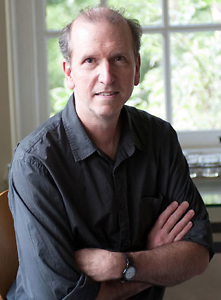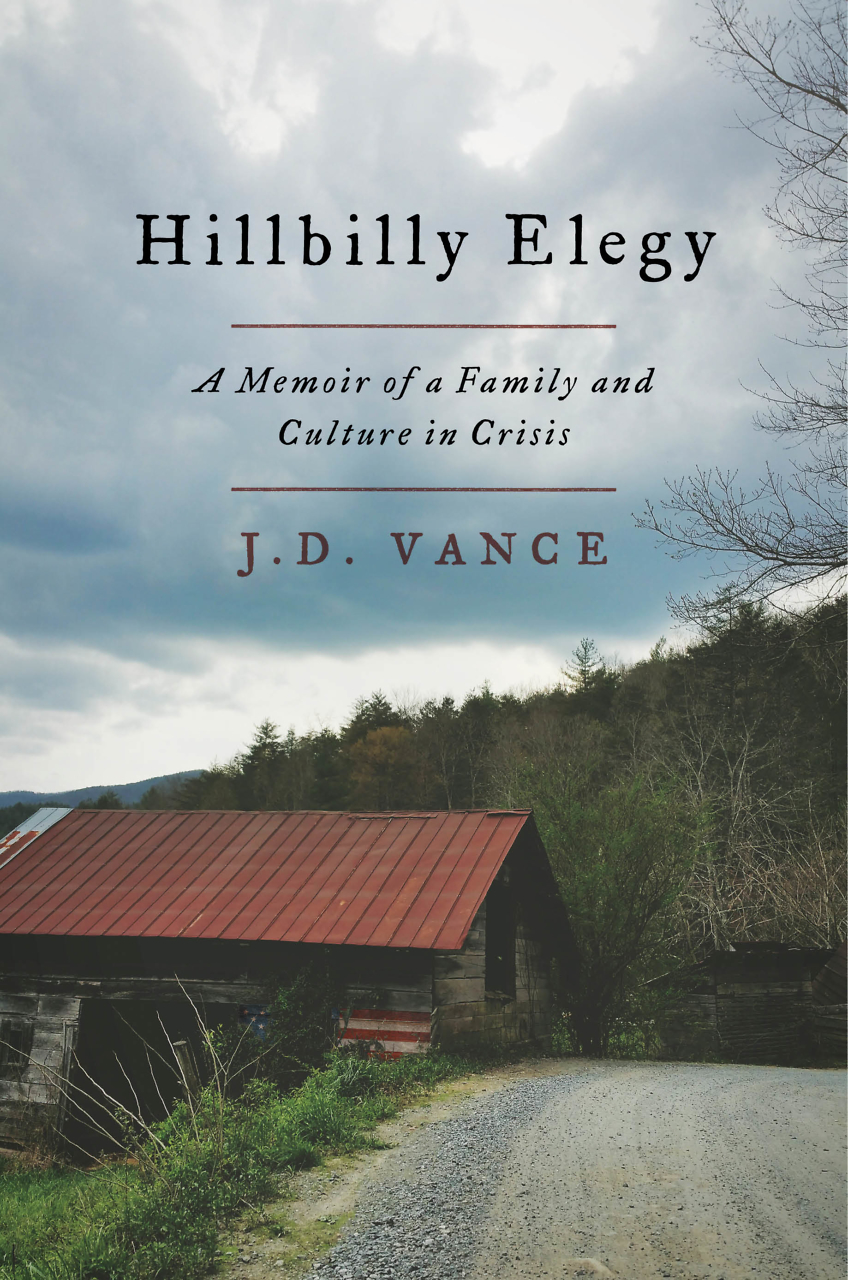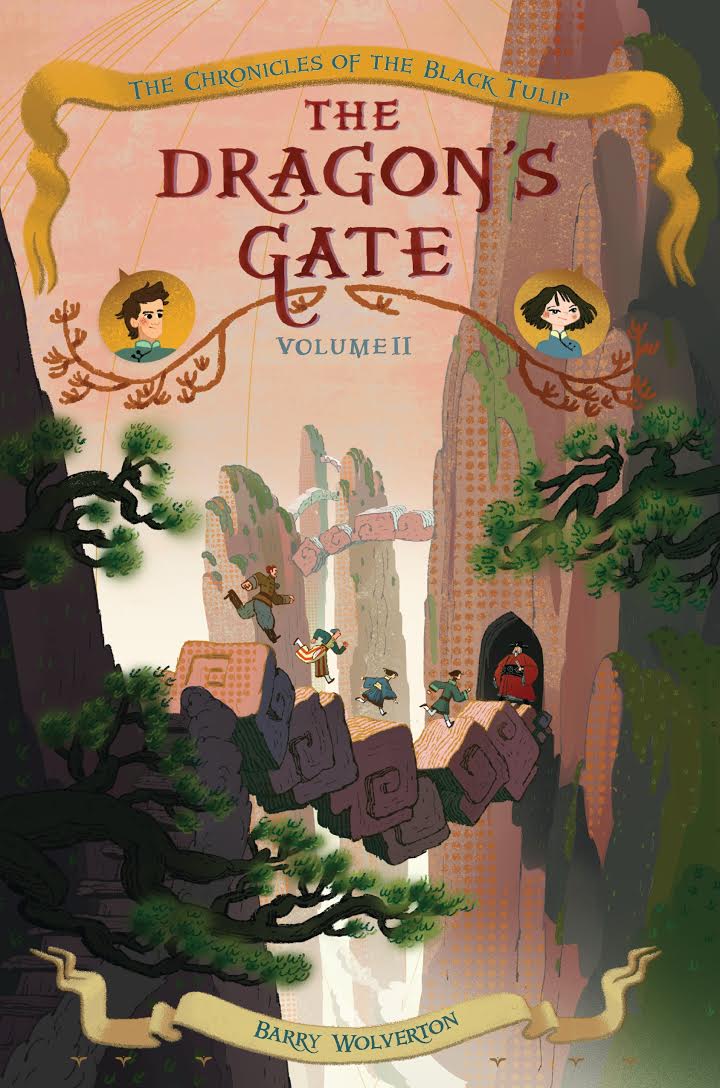Behold the French Colossus
Box Brown talks with Chapter 16 about his graphic biography of Andre the Giant
Legendary professional wrestler Andre the Giant was born Andre Rousimoff in 1946 in Grenoble, France. He was so large, even as a pre-teen, that the school bus refused to carry him to his studies. In Andre the Giant: Life and Legend, Box Brown, an Ignatz award-winning comic artist from Philadelphia, has brought the life of one of the world’s most recognizable celebrities to a graphic format. Brown highlights moments in Andre’s life which provide insight into not only his prodigious appetites but also his alienation from the smaller world around him.
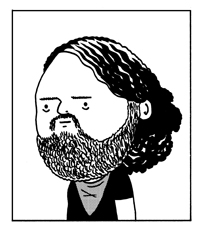 Early on, Andre’s size led him to manual labor, but soon enough the squared circle called his name. After he became one of the biggest, if not the physically largest, star in professional-wrestling history, he was one of the first wrestlers to be in a legitimately good motion picture: The Princess Bride. With occasional rough language, sexual references, and excessive consumption of alcohol, this title is not aimed at the children’s market.
Early on, Andre’s size led him to manual labor, but soon enough the squared circle called his name. After he became one of the biggest, if not the physically largest, star in professional-wrestling history, he was one of the first wrestlers to be in a legitimately good motion picture: The Princess Bride. With occasional rough language, sexual references, and excessive consumption of alcohol, this title is not aimed at the children’s market.
Brown recently answered questions from Chapter 16 by phone. What follows is an edited excerpt from a longer podcast conversation available here.
Chapter 16: What’s the scientific name for the condition that led to Andre’s being so huge?
Box Brown: It’s called acromegaly. It causes the body to continue to grow. He aged prematurely; his jaw and forehead became more pronounced. He had back and knee problems. His body grew bigger than his frame could handle, and eventually bigger than his heart could, as well.
Chapter 16: Did you ever imagine, when watching wrestling, “This man is so big. How could anyone ever beat him?”
Brown: Oh yeah, he seemed unbeatable, but looking back at Wrestlemania III (1987), when he had the most eyes on him, it was the most popular time of his life, really. But he was injured and couldn’t even move that well. It was just part of the whole illusion of wrestling that allowed us kids, and even adults, to believe he was still an unstoppable guy.
Chapter 16: Is that vulnerability what drew you into the project?
Brown: Most definitely. Since the book has come out, I’ve been talking a lot about why I found this story so interesting. Recently I’ve been thinking that it reminded me a lot of my own grandfather, who worked his whole life, from a very young age, doing very physical labor. Part of his identity was his strength. He wasn’t tall but a broad-shouldered, tough guy, really a sweetheart, but that was his exterior, the strength. His whole identity was wrapped up in being able to provide for his family, working, being the strong patriarch. Later in his life, his body let him down; he was unable to walk and was incontinent. Not only was his body failing him but his identity was being stripped from him at the end of his life. Everything that made him “him” wasn’t there anymore.
I related that a lot to Andre because later in his life he was getting into the ring when he had no business being there, injured, barely able to walk. He was still getting in there until the end because this was his identity. This was who he was, and without that, who was he? I think that it drove him to continue.
Chapter 16: And he passed away when he was only forty-six years old, and it’s not unusual for professional wrestlers to keep in the game well into their fifties.
Brown: He was so young. His condition made him look older, though. His hair was graying. I’m thirty-four, and I have tons of gray hair, so it’s not just that. His face looked older than forty-six. And yeah, last night on WWE Raw, there were ten guys on screen who were in their fifties and sixties. Even though Andre wasn’t good on the mic because he was hard to understand, if he were still alive, he would be on this TV show all the time. They would be celebrating him because he was their first huge, huge superstar.
Chapter 16: You’re coming to The Southern Festival of Books, and there’s going to be a lot of literature fans there. I think no one would ever believe the story of who gave Andre a ride to school when he was twelve years old.
Brown: He got a ride to school from Samuel Beckett. The story goes that Andre was unable to fit in the school bus. Beckett lived nearby. Andre’s father was a carpenter and had done work for him on his house, I believe. Beckett felt that education was important and helped Andre get to school.
Chapter 16: When Andre started wrestling, he was known as “Geant Ferre”.
Brown: That was his character in France and gave him his entry into the Montreal scene in North America. The character was supposed to be the nicest guy in the world, always smiling, but if you got him mad, no one could stop him. He would go out to the ring with a big smile on his face, and someone at some point would get him mad, and the whole locker room would empty out, and they would try to stop him from strangling everyone.
 Chapter 16: That’s the gentle-giant stereotype, and that’s something Andre had to face his entire life, all these preconceptions that people had of him.
Chapter 16: That’s the gentle-giant stereotype, and that’s something Andre had to face his entire life, all these preconceptions that people had of him.
Brown: If you can imagine a celebrity, like George Clooney or Brad Pitt, they could grow a beard, put on sunglasses and a hat, and then mingle around with regular people. Well, I guess there’s a level of fame where you have to seclude yourself, but for the most part the average celebrity can walk around. Andre couldn’t really do that, ever. He was well known early on for his size, but even when he wasn’t well known, he would walk into a room and people would stare at him just because he was huge. I think he felt that it separated him from people, and I think it prevented him from developing some close relationships. It’s kind of tragic.
Chapter 16: Yeah, as the book opens up, you draw Hulk Hogan recounting memories of Andre and about how every bit of his day was an inconvenience because of his size, that he never really felt at home anywhere.
Brown: Right. Since the book has come out, I’ve been able to talk to a number of people who have an Andre the Giant story. A lot of people saw him at the airport because he was traveling around so much. One person told me that he had a sticker on his suitcase that said, “I’m not deaf. I’m just ignoring you.” I think he just didn’t want to deal with being a spectacle at all times. He couldn’t really ever have privacy. I don’t think people understood, and how could they since Andre was in such a unique position?
Chapter 16: Your drawing in the book is very streamlined. You don’t overwhelm the reader with a bunch of busy detail in each frame. What were you trying to convey with this style?
Brown: That’s just how I draw, or drew, when I drew the book. My other stories have a similar tone to that of the Andre the Giant story. I think the way I draw comics is just to draw the best that I can, and that’s the style it came out as. My goal with storytelling in comics, in fiction and nonfiction, is to unravel the character.
Chapter 16: I think your narrative style is similar to your drawing. You didn’t overwhelm us with facts; there wasn’t a lot of text on the page. You took a couple dozen key moments in Andre’s life that were illustrative and let us have insight into him through those.
Brown: You can’t illustrate every moment of someone’s life. Even if I wrote a thousand-page book, I wouldn’t be able to get into every single nook and cranny, no matter what. I just tried to shape a character with the information I had that I thought was interesting.
Chapter 16: Was there a particular challenge in trying to convey Andre’s “giantness” on the page, especially with a smaller-format book?
Brown: I think what I tried to do was just to make sure Andre, scale-wise, was the biggest thing in the panel. He was so huge; it was kind of hard, without seemingly exaggerating the drawing, to get a concept of how big he was. It’s all about scale and putting him in our little world.
Chapter 16: Your book isn’t hero worship, nor is it all about his victim status. You talk about his lack of contact with his daughter, and there’s one story where Andre used a racial slur within earshot of an African-American wrestler, Bad News Brown. It was just heartbreaking.
Brown: I think this happens, in a way, when everyone passes on. We try to remember only the good things that happened. But if I didn’t include some of the stories that weren’t necessarily the most positive, it wouldn’t be a true picture of who the guy was. He wasn’t perfect. Humans aren’t perfect. To portray him as someone who never lost his temper or never behaved poorly would be, in a way, a disservice to Andre Roussimoff, the man.
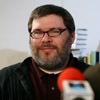
Stephen Usery is the producer of Book Talk, an author-interview program that airs daily on WYPL FM 89.3 and is sponsored by the Memphis Public Library. Usery also produces Mysterypod, an independent podcast focused on mysteries, thrillers, and crime novels. He lives in Memphis.
